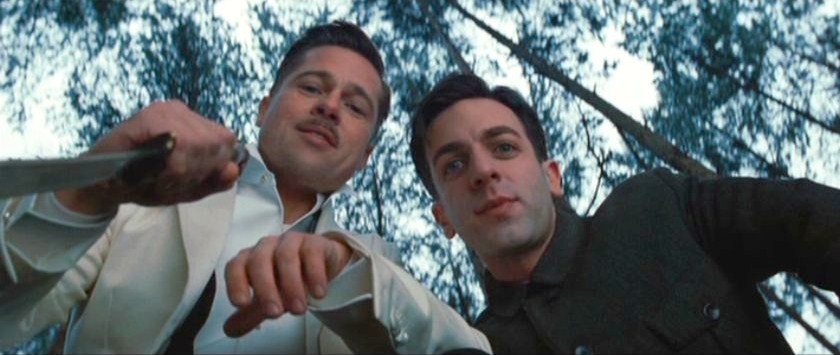Today we started to look at trailers as well as different camera shot sizes, angles and techniques that would enable us to create a very effective opening sequence or trailer.
Camera Shot Sizes
 There are a number of different shot types that you can film, some of which I have mentioned in previous post. These range from Extreme Close-Up (ECU) right the way up to Very Long Shot (VLS). To the right are the most common examples of shot sizes.
There are a number of different shot types that you can film, some of which I have mentioned in previous post. These range from Extreme Close-Up (ECU) right the way up to Very Long Shot (VLS). To the right are the most common examples of shot sizes.Very Long Shot (VLS) is used to show the entire character as well as their surroundings. It can be very difficult to make out certain characteristics from the subject.
Long Shot (LS) is used to show the entire character but not much else. In this shot the character will often fill the screen from head to toe.
Medium Long Shot (MLS) is used to show most of the character, typically from the head to the knee area.
Medium Shot (MS) is used to show roughly half the character so the head and torso.
Medium Close-Up (MCU) is used to show a small area of the characters body, typically the head and shoulders. This is typically used in Over The Shoulder shots and in interview situations.
Close-Up (CU) is used to show an even smaller area of the body, typically the head.
Big Close-Up (BCU) is used to show just the characters face meaning the chin and most of the hair is left out of the shot.
Extreme Close-Up (ECU) is typically used to show facial features, most commonly the characters eyes.
Camera Shots and Angles
There are numerous ways you can shoot a scenario, you can have multiple people in a shot, you can shoot from over the shoulder, shoot from a high angle etcetera. There is no limit on how you can take a shot but here are a few examples:
Two Shot is used to get two different subject in the same shot. This could be implemented in a number of fashions such as Close Up, Medium Close Up and Medium Shot. You can also have more than two people in a shot but this is harder to implement.
Over The Shoulder Shot is where the field of view shows what the subject is looking at/talking to from over the shoulder.
High Angle Shot (looking down) is where you are viewing a subject or a scenario from above, looking down. This can be done to make a character look small and weak.
Low Angle Shot (looking up) is where you are viewing a subject or a scenario from below, looking up. This can be done to make a character look more empowering (See image below for an example).
Tilted Frame is where the camera shot is at an angle.
 |
| A low angle shot from Inglorious B******s |
No comments:
Post a Comment